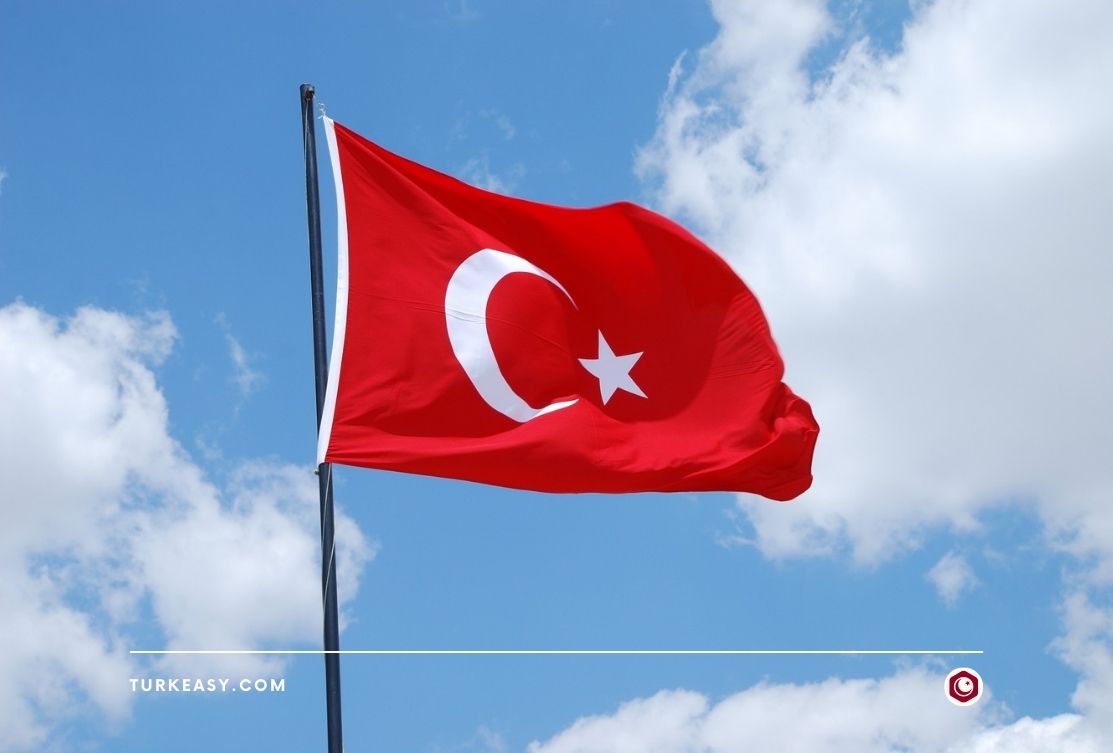Table of Contents
Transportation in Istanbul
How to get around in Istanbul? What are the most popular means of transportation in Istanbul? Are there apps or programs for buses in Istanbul? What are the prices of transportation in Istanbul? These questions are among the most frequently asked among travelers to Istanbul. It is natural for travelers to look for comfortable transportation in a large city like Istanbul, which has large areas and a variety of means of transportation. Therefore, we present to you this comprehensive article, which is a useful guide to all means of transportation in Istanbul, containing sufficient and comprehensive information for any traveler looking for this information. Follow along with us to read this guide.
How to get around in Istanbul?
- Metrobus line
- Subway Lines
- Tramway Lines
- Water ferries (Vapur)
- Public transportation buses (minibuses)
- Inter-neighborhood buses (Dolmush)
- Taxis
- Traveling by your own car
Metrobus line in Istanbul - Metrobüs
An express transportation line, considered the longest and fastest transportation lines in Istanbul, and its buses are double-length, wide, and the Metrobus line is considered independent as it is not affected by traffic congestion, and it has two lines for going and returning, and each Metrobus station is equipped with a machine to fill the Istanbul transportation card, and we will talk about it in a later paragraph of this article. The first metrobus station is located on the Asian side of Istanbul, which is SÖĞÜTLÜÇEŞME station The last stop is BEYLİKDÜZÜ SONDURAK, which is near Istanbul's exhibition city TÜYAP. Note: There is no bus in the Metrobus that takes you from Beylikduzu to Sogolu Çeşme directly except by one bus and its number of trips is very few (30 trips on working days, 10 trips on Saturday, and 11 trips on Sunday), so you need to change buses at a station in the middle, and we will mention the buses that operate on the Metrobus line and their starting and ending stations:
- 34G: Connects between Beylikdüzü Sondurak and Söğütlüçeşme
- 34C: Connects Cevizlibağ and Beylikdüzü Sondurak
- 34BZ: Connects Zincirlikuyu and Beylikdüzü Sondurak
- 34: Connects between Zincirlikuyu and Avcılar
- 34AS: Connects between Avcılar and Söğütlüçeşme
- 34A: Connects Cevizlibağ and Söğütlü Çeşme
- 34U: Connects Zincirlikuyu and Uzunçayır
- 34Z: Connects between Zincirlikuyu and Söğütlütlüçeşme
The total number of Metrobus trips per day is more than 4,000 on weekdays, more than 2,600 on Saturdays, and more than 1,700 on Sundays.
It is also worth noting that your arrival at any metrobus station clearly means that you can move to anywhere in Istanbul because many metrobus stations intersect with metro and tramway stations and important transportation hubs and nodes in Istanbul, and in case you get lost, you can ask anyone to guide you to the appropriate means of transportation to get you to the nearest metrobus station, and from here you can return to the areas you know or you can be safe until your escort arrives, as all metrobus stations are known and easy to reach.
Tramvay lines in Istanbul - Tramvay
A train for transportation in Istanbul, it has its own transportation line in the streets of Istanbul, different from the Metrobus that it can sometimes stop at some traffic lights because there are intersections of the Tramvay railway with streets dedicated to regular traffic and pedestrians, but in general, traveling in the Tramvay remains faster than regular buses. The tramway has 4 lines, and it is generally dedicated to facilitating access to tourist areas in Istanbul, especially the markets that attract tourists, and these lines are:
- T1: Connects between Bağcılar and Kabataş and is the longest tramway with 31 stations
- T2: Connects between Taksim and Şişhane
- T3: Connects between Kadıköy and Moda
- T4: Connects Habibler and Topkapı
As mentioned above, the importance of the tramway lies in its importance as a means of transportation between the most famous and most important tourist areas in Istanbul, so we notice that many tourists rely on it in their exploratory and recreational travel in Istanbul. The T1 line passes through the most vital areas in Istanbul from Bagcilar to Kaptash, where it passes through Zeytinburnu Aksaray, Eminino, Sultan Ahmed, and Beyazit, all of which are centers of attraction and attract dozens of tourists daily in Istanbul. Also, the T2 line, although its distance is short, it passes through the division of the city center and the first tourist attraction in Istanbul.
Istanbul Metro
A train to move underground through special tunnels, and there are 6 subway lines in Istanbul that connect many of Istanbul's major neighborhood centers to each other, characterized by its independent rails that pass in most of its movements underground. We separate the six Istanbul metro lines as follows:
- M1:
The longest subway line in Istanbul is called the Aksaray Metro, which includes 18 stations on the main line as well as a branch line with five stations. It connects between Ataturk International Airport and Yenikapi station.
- Emniyet Fatih
- Otogarotogar Istanbul
- Zeytinburnu
- İstanbul Atatürk Havalimanı Airport
- M2:
It is the old Taksim line, with 16 stations, from Haci Osman station to Yenikapı, and it connects very upscale areas and is considered a shopping area for wealthy tourists.
- Taksim Taksim
- Şişli
- M3:
Called the 'Olympic Line', it passes through 11 stations, from Kirazlı to Başakşehir, from Kirazlı to Başakşehir.
- Olympic Olimpiyat
- M4:
A metro line in the Asian section of Istanbul, connecting Kadıköy and Tavşantepe.
- Ümraniye
- M5:
It is also called the Marmaray line and is characterized by its passage under the Bosphorus, being the first metro in Istanbul to pass underwater and the second subway in Istanbul Asia.
- Umraniye Ümraniye
- Üsküdar Üsküdar
- M6:
It is the shortest metro line in Istanbul, with only 4 stations, this line gains its importance from its access to Levent station.
- Levent Levent
Istanbul Vapur Water Ferries
Istanbul steamers are one of the most popular means of transportation between the Asian and European sections, and the steamer trip is part of the recreational and tourist trips, as the ship can accommodate about 700 to 2100 people depending on the size and type of the ship, and sea transport stations and ports are witnessing a large turnout around the clock.
The Vapur ferry passes through 4 stations in the European section:
- Eminönü
- Karaköy
- Beşiktaş
- Kabataş Kabataş
- Yenikapı
The ferry also makes four stops in the Asian section:
- Kadıköy
- Usküdar üsküdar
- Haydarpaşa Haydarpaşa
- Postanci
There are also plans to establish a maritime transportation port from the Beylikduzu area as well, which will represent a new and qualitative leap in maritime transportation in Istanbul.
Buses in Istanbul
Buses in Istanbul connect its lanes, neighborhoods, and regions in a coherent and solid manner, and they are of two types:
- Otobus Otobüs
Istanbul has a large number of internal transportation buses and buses, which connect many areas to each other, but the disadvantage of this transportation is that it is good for short distances, but for long distances, especially at peak times, the congestion in Istanbul greatly affects the movement of buses.
- Dilmash Minibus Mini otobüs
They are smaller than regular buses, and do not use the Istanbul Card for transportation, but the passenger must pay the fare in cash, which ranges from two to three liras depending on the remoteness of the area.
Taxis and private cars in Istanbul - Taksi
Many Istanbul residents, visitors and tourists rely on taxis for transportation, especially those who carry things with them, as well as for families, because traveling by taxi saves effort and time spent to reach some places, as well as it is faster, but it is expensive compared to other transportation.




























